What’s the big deal when a person falls into the water?
If you are a seaman, you can just swim to the nearest shore, right? Or you can wait for the ship to turn around and pick you up.
But that is not the case. As a matter of priority, when you hear a man overboard alarm signal, it is an urgency call that must be treated promptly.
What is a man overboard?
A man overboard is an emergency situation where a crew member or other personnel falls overboard, whether in the open sea, at the anchorage, or in port.
It could also mean that the ship’s crew has found someone on the water, like a wreck survivor asking for help.
What is the signal for a man overboard alarm?
A man overboard alarm consists of three prolonged blasts on the ship’s horn, repeated on the alarm bells.
This emergency alarm signal is inherited from the Morse Code “Oscar.” You can recognize ships performing MOB search and rescue by the Oscar flag hoisted on their mast.
Some ships use the general alarm for man-overboard emergencies. This alarm consists of seven short blasts and one prolonged blast on the ship’s whistle, followed by an announcement on the public address system.
For vessels in the vicinity, they will also hear an urgency call (PAN PAN PAN) on the VHF radio about the incident.
Their radio equipment may light up, alerting them even further that a person is on the water.
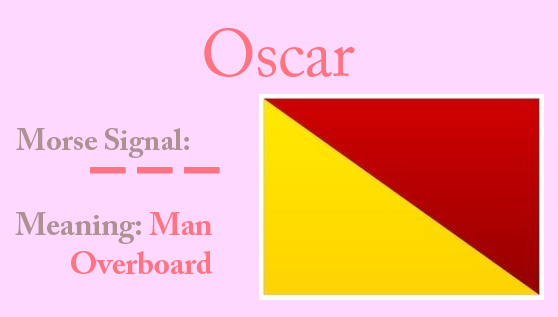
Why should we rescue the person on the water immediately?
The main reason why we should immediately rescue a person falling into the water is hypothermia or the loss of body heat.
He could also drown due to fatigue or encounter a shark or barracuda attack though it happens less often.
Besides, the longer it takes for us to rescue him, the slimmer the chances of his survival become due to the following reasons:
- The weather may become bad.
- Visibility could deteriorate.
- We could lose sight of him.
- The MOB person could drift far from the marked position.
- He could drown.
Remember that a person on the water becomes barely noticeable when viewed at a distance from the ship.
Procedures when you witness a man overboard
On Deck
When you are on deck and see your crewmate or somebody else fall into the water, you must do these things to increase their rescue and recovery.
- Your first and immediate action is to shout “MAN OVERBOARD! MAN OVERBOARD! MAN OVERBOARD!” as loud as you can to get attention.
- If you have a radio, immediately call the bridge and inform which side the person fell.
- While doing all of that, look for lifebuoys nearby or any objects that can float like pallets, empty drums, or lifejackets, and throw them on the water. Don’t worry about MARPOL. Those materials will help you locate the person on the water and save his life.
- Since you are an immediate witness, head on to the bridge, and as fast as possible while always keeping an eye on the MOB person.
- The other crew can muster but you as the witness should always have a visual of the person in the water.
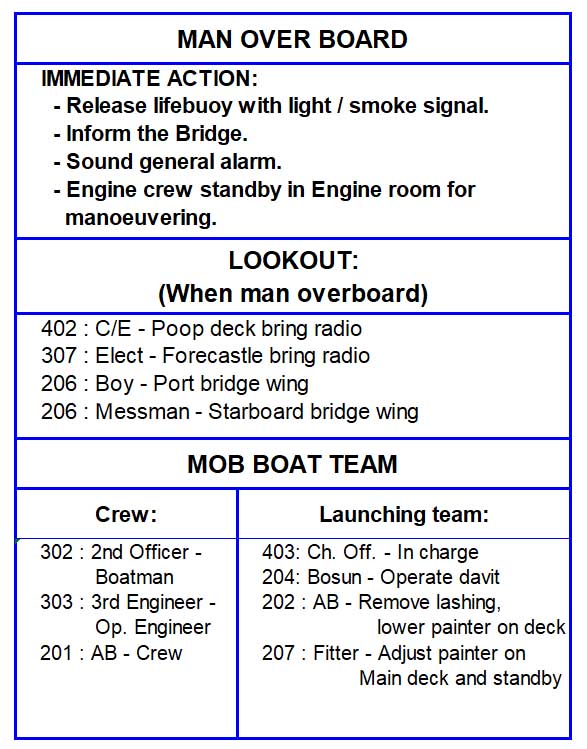
On the Ship’s Bridge while underway
Upon witnessing a man fall into the water or hearing someone yelling “MAN OVERBOARD”, the Officer on Watch (OOW) should immediately carry out the following:
- Sound the general alarm.
- Release a life buoy from the Bridge wing on the side the person has fallen overboard. (Lifebuoy with man overboard light and smoke signals).
- Press the man overboard button on GPS, if available.
- Commence man overboard maneuvers.
- Post lookouts with binoculars and instruct them to keep the victim in sight.
- Put the engines on stand-by and inform the Engine Room.
- Inform any ships in the vicinity by VHF, W/T, hoisting Flag “O” or by other means.
- Plot the ship’s position as accurately as possible.
- Remain steady on the reciprocal of the original course.
- Prepare the rescue boat for launching.
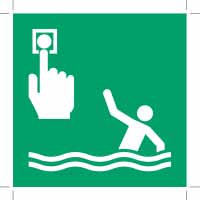
What to do when you hear a man overboard alarm
If you are in your cabin or elsewhere and are unaware of the situation, your first response is to proceed to the muster station for mustering.
From there, the officer in charge will brief you about the incident, and the progress that the ship is making to rescue the person on the water.
Carry out the duties on your muster list and assist with whatever is required.
Man Overboard Maneuvers
When a ship is underway and making its way through the water, you must use one of the following three standard maneuvers during a man overboard.
a. Single Turn or Anderson Turn
This maneuver is used during “immediate action” situations.
- To execute this, turn the ship’s rudder hard over to the side of the casualty.
- After deviating from the original course by 250°, return the rudder to the midship position.
- Initiate the stopping maneuver when the casualty is 15 degrees off the bow.
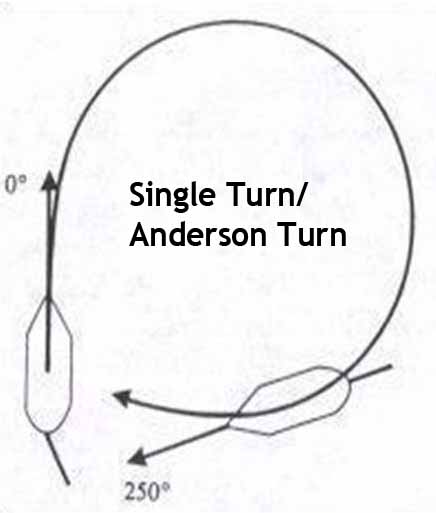
b. Williamson Turn
This maneuver is also used during an “immediate action” situation.
- Turn the rudder hard over to the side of the casualty.
- After deviating from the original course by 60°, shift the rudder hard over to the opposite side.
- When the heading is 20° short of the opposite course, change the rudder to the midship position.
- Slowly maneuver the ship to her opposite course.
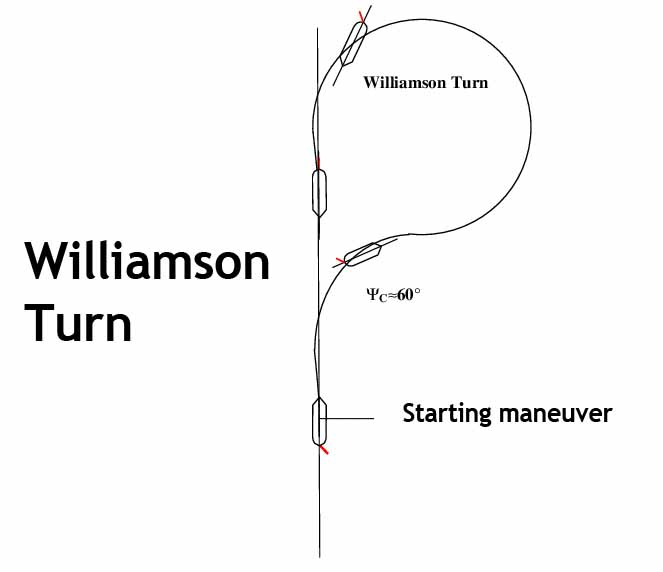
c. Scharnow Turn
This maneuver SHOULD NOT be used in an “immediate action” situation.
- Turn the rudder hard over to any side of the ship.
- After deviation from the original course by 240°, shift the rudder hard over to the opposite side.
- When the heading is 20° short of the opposite course, change the rudder to the midship position.
- Stop the engine and slowly maneuver the ship to her opposite course.
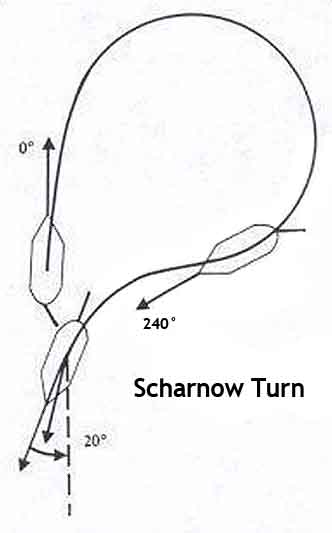
Man Overboard Situations
There are three different situations of man overboard.
Your maneuvers will greatly depend on these situations; executing them correctly will save you time rescuing the person on the water.
a. “Immediate action” situation
A casualty is noticed on the bridge and action is initiated immediately.
In this scenario, SINGLE TURN will take the ship back to the scene of the casualty most quickly. This is the fastest turn to recover a person who fell overboard.
WILLIAMSON TURN requires more time and will temporarily take the ship farther away from the scene of the casualty.
SCHARNOW TURN is not appropriate.
b. “Delayed action” situation
The casualty is reported to the bridge by an eyewitness and action is initiated with some delay.
WILLIAMSON TURN will take the ship to the scene of the casualty most surely. When the ship has reached the maneuver commencement point, the search speed must be reduced to enable fast stopping.
SCHARNOW TURN cannot be carried out effectively unless the time elapsed between the occurrence of the casualty and the commencement of the maneuver is known.
c. “Person missing” situation
The person is reported to the bridge as “missing”.
Both WILLIAMSON TURN and SCHARNOW TURN will take the ship back into her wake.
When using this maneuver, you will cover less distance and save time.
For SCHARNOW TURN, the maneuver commencement point will be some ship’s lengths behind her stern. You can save one or two nautical miles depending on the type of ship involved.
These maneuvers are included during the ship’s planned drills to familiarize the crew with their procedures during man overboard.
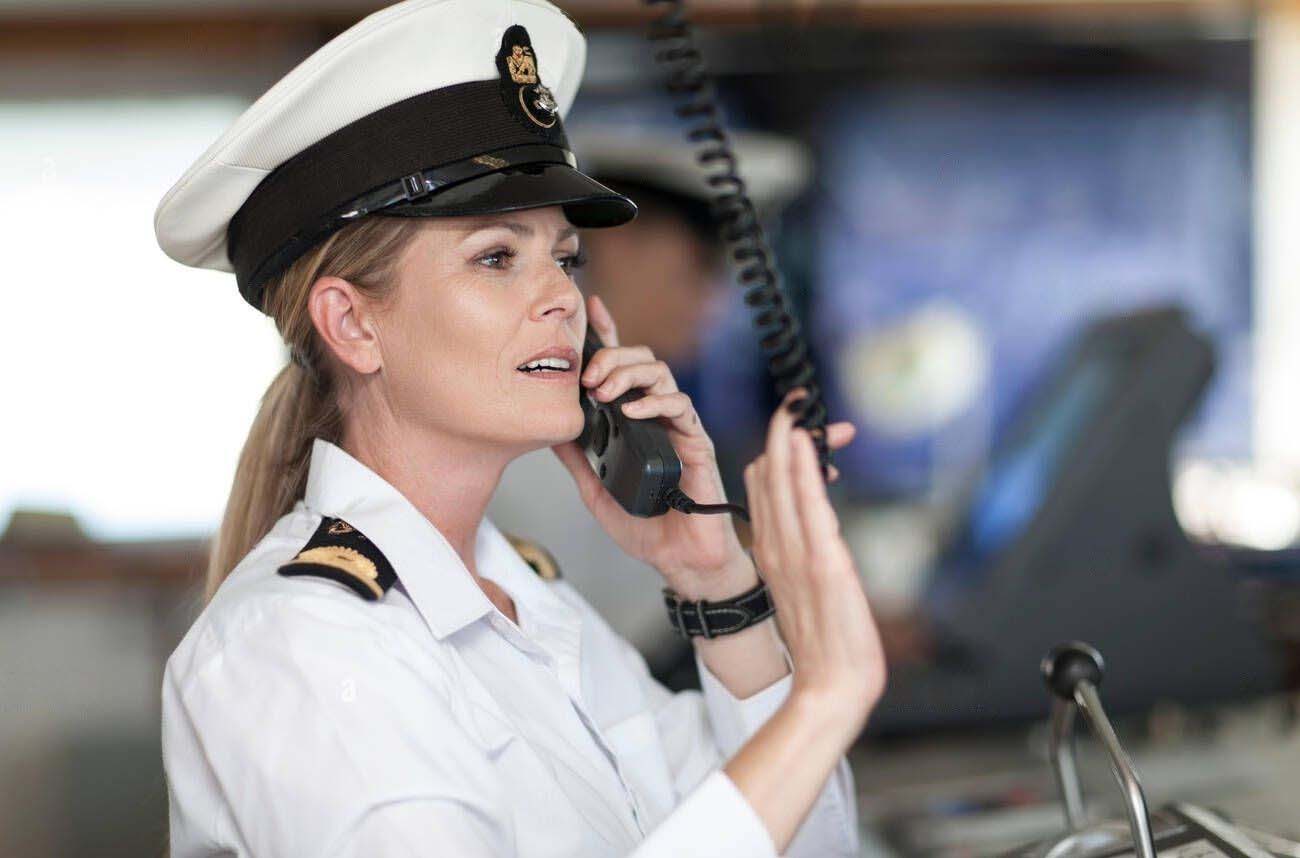
Is man overboard alarm a MAYDAY call?
Short answer, yes and no.
Yes, you can declare MAYDAY when the man overboard happens during the dark of the night, when there is restricted visibility, and in heavy weather when search and recovery prove difficult.
Your man overboard alarm signal both within your ship and over the radio will alert everyone, and thus require them to assist you in search and rescue.
But an URGENCY message will suffice if the incident happened during broad daylight, with fair weather, calm seas, and the casualty within your sight.
Declaring that as a distress will prove rescue and recovery challenging since you will attract all available vessels in the vicinity.
It will cause wave surges and may even escalate the situation due to the increased traffic. Furthermore, the MOB guy could get run over.
May the winds be in your favor.

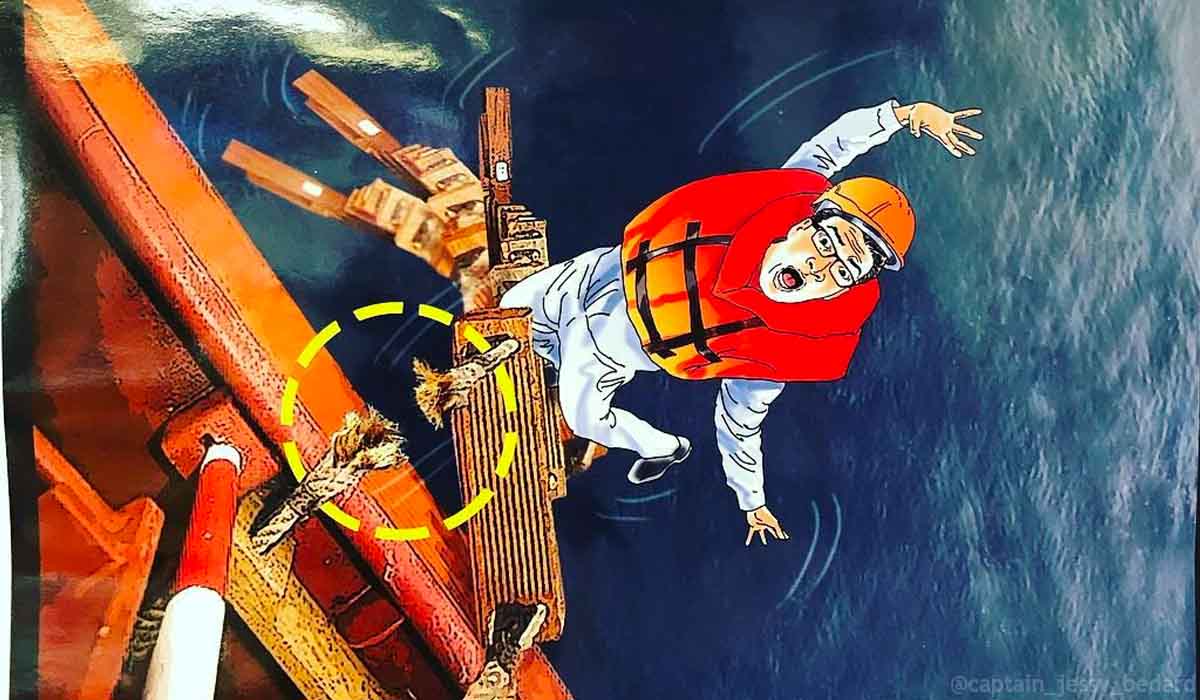
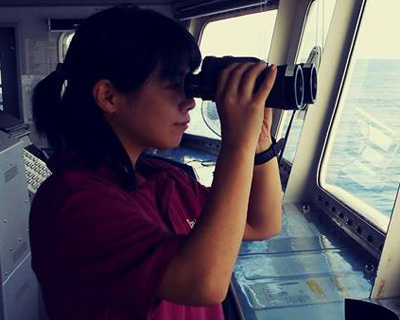
Yes man keep providing us the matters of sea.
Will do. Thanks for dropping by.